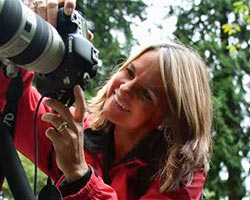Student Success: Student Success: Dennis Hughes
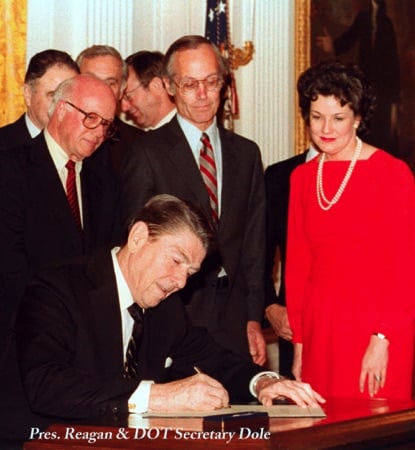
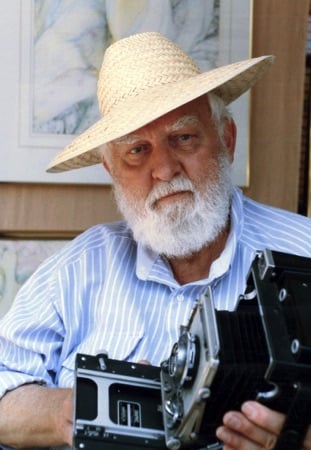
1. When did you realize that photography was the field you wanted to pursue?
While I was serving in the U.S. Army at Fort Wainwright, Alaska in 1966, I went to the Arts and Craft shop to learn how to process film and dark room process, that was when I realized that Photography was the field I wanted to pursue!
2. When did you enroll at NYIP?
When I was stationed in Alaska, I began to read photography magazines, and found an advertisement for the New York Institute of Photography, and since I wanted to learn more about photography, I enrolled in the photography course at New York Institute of Photography, during my course, I set-up my own dark room in my basement, and offered my photography services.
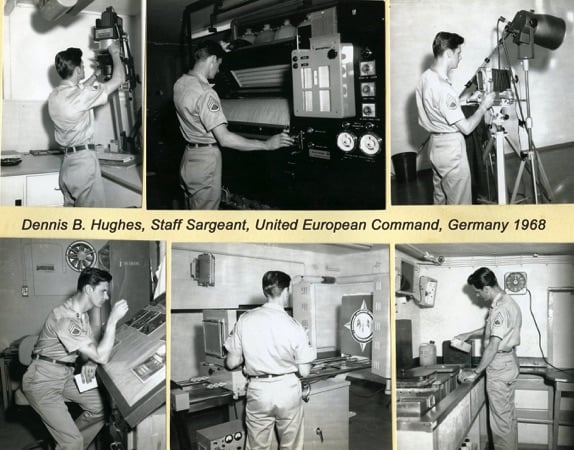
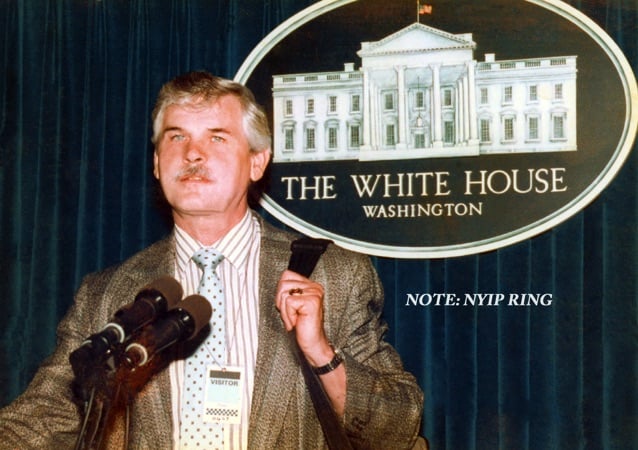
3. What was your coursework like?
During my coursework, I used my learning material and experience to get freelance assignments, one assignment I got using my NYIP Universal News Photographer Press Card, was the 1966 Miss Alaska Beauty Pageant, which was published in the JESSN’S WEEKLY in Fairbanks Alaska on March 30, 1966.
4. Was your mentor helpful during the process?
Yes, half way through the course, I requested my grades, and a recommendation, thanks to my NYIP Mentor’s recommendation I was assigned as an Instructor to the Art and Craft shop at Fort Wainwright, Alaska.

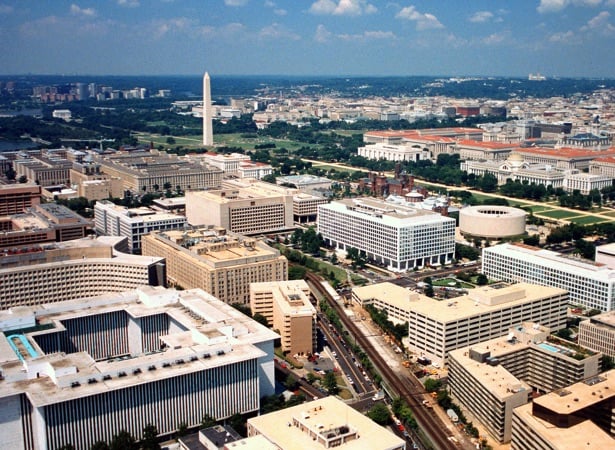
5. What type of work are you doing now?
I’m retired after 33 years of government service, 27 years of which were in Photography, but I continue to pursue photography. Presently, I’m setting-up a mobile studio in my Recreational Vehicle, to continue my opportunity in Photography!
6. Tell us about the work you did as an Army Photographer!
After I completed the Photographer course from NYIP, I became an Army Photographer in 1967. As a U.S. Army Photographer, my first assignment was Vice-President Humphrey’s visit to Fort Wainwright, Alaska in 1967, other duties, to include laboratory services, portraits, photojournalism for publications, aero-photography for research and development, intelligence and forensics investigations.
After Alaska, it was onto Germany where I was promoted to Sargent. As a Photographer for the United States Europe Command in Germany 1968-69, I coordinated activities in photography, and overseen laboratory operations.
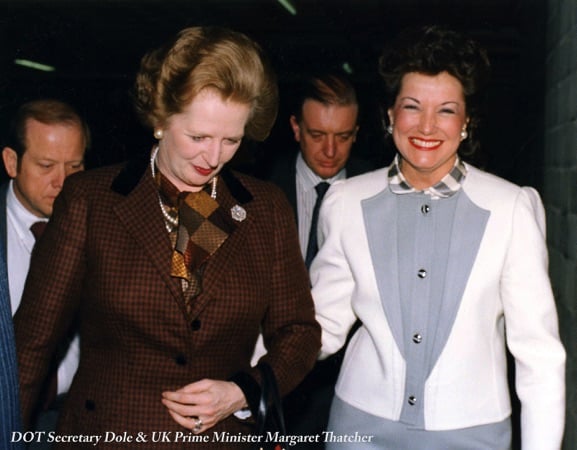
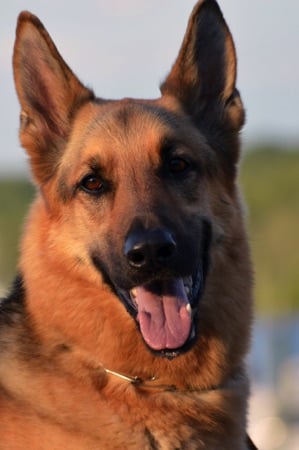
7. After working with the U.S. Army, tell us about the transition to work for the U.S. Department of Transportation.
After working with the U.S. Army, and prior to being appointed to the U.S. Department of Transportation, I was working as a Photographer/sales, I photographed over 1,000 children in their homes, and I was an Official Photographer for Patricia Stevens, Modeling and Career College in Washington, D.C.
8. From there, what was it like to work for the Secretary?
My work experience as a Personal Photographer to the U.S. Secretary of Transportation, I was part of the Team and had access to anything I needed to photograph the Secretary and Staff in events of major historical significance to the Department. I also took official portraits of Department Officials, other assignments included events with The President at the White House, which included the Secretary.
I independently planned, and made unaccompanied field trips to secure photography of transportation related subjects for publications and exhibits and other programs.
Also, I worked with U.S. Department of Transportation Administrations as the Contract Officer’s Technical Representative, to provide creative and artistic visual materials for briefings.
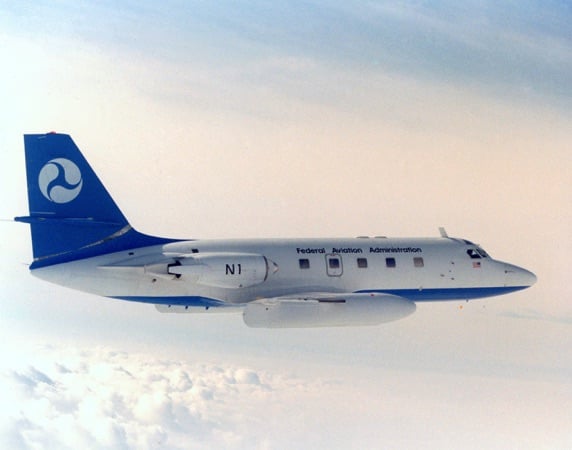
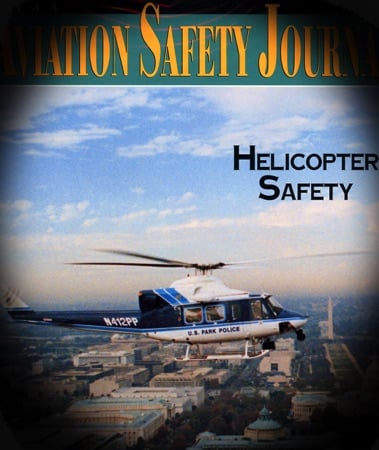
9. If you had to pick one, what was the most memorable photography project you’ve ever completed?
My most memorable photography assignment I ever completed, was my assignment covering the visit of President Ronald Reagan in Baltimore, Maryland, the photo opportunity was with Contributors to Alan Keys Campaign, the White House photographer and I worked together as an Official Photographers to photograph Contributors with President Ronald Reagan.
10. What qualities do you think a successful, aspiring photographer needs?
Leadership! Be ready to take charge on an assignment, I recalled once an Army General told me “You are the General now where do you want me!”
A successful photographer, must take charge of unforeseen or unexpected circumstances, rain or shine get the picture!
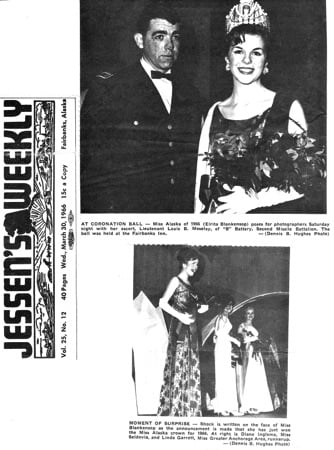
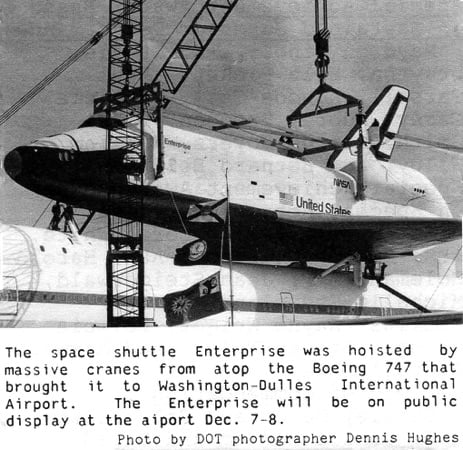
11. What do you always carry with you in your camera bag?
Back-up gear, always be ready for the unexpected!
12. What’s the most interesting thing you learned at NYIP?
The most interesting thing I learned at New York Institute of Photography, is the “Magic of Photography Painting with light”!
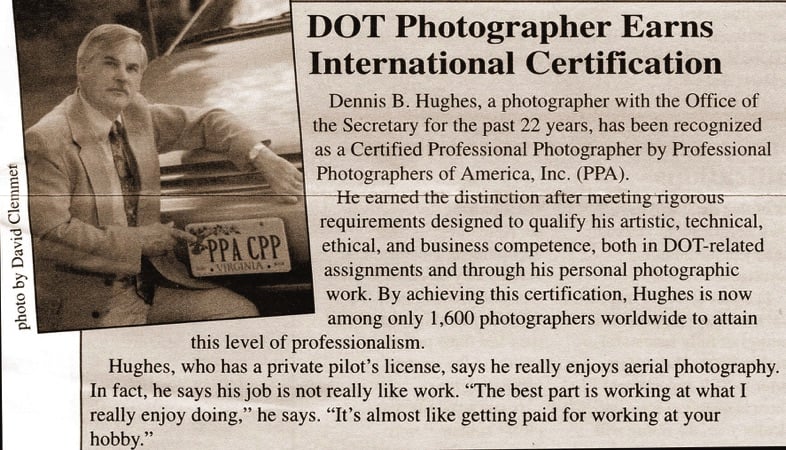
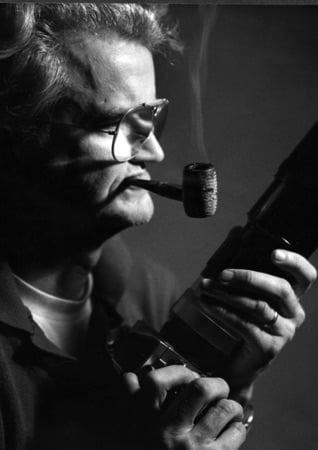
13. Describe a workday in your life as a Photographer.
On one assignment, I traveled to San Diego’s airport to provide photographic support, including in flight still/videos of approaches to runways. I made all the planning to include to coordinate the acquisition of a helicopter, and crew from the U.S. Coast Guard for the mission. Upon returning to Washington, D.C., I traveled to Atlantic City to the FAA’s Research Center to edit the videos of the mission in San Diego, while I was editing the video I got a note that, I would be with President Ronald Reagan in Maryland the next day.
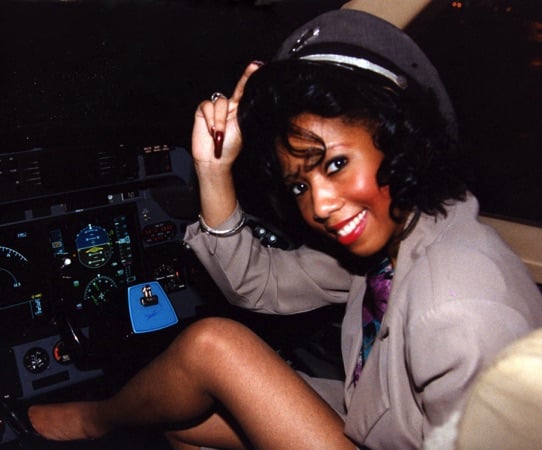
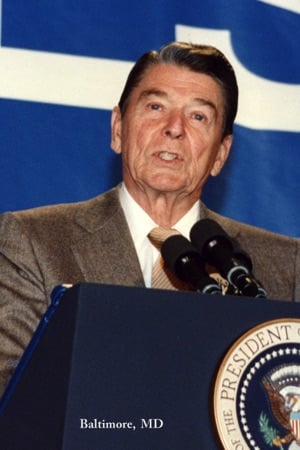
14. What’s the most rewarding part of studying photography?
The most rewarding part of studying photography with the New York Institute of Photography, is that I have used what I studied and learned in NYIP in my longtime career as a “Photographer”, also, I still have my NYIP class ring that is been on my finger for 51 years, the Speed Graphic logo on it is wearing off, but what I studied and learned with NYIP, will never wears off!
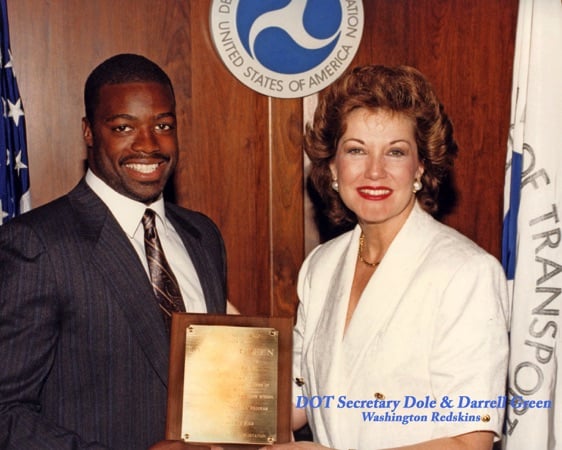
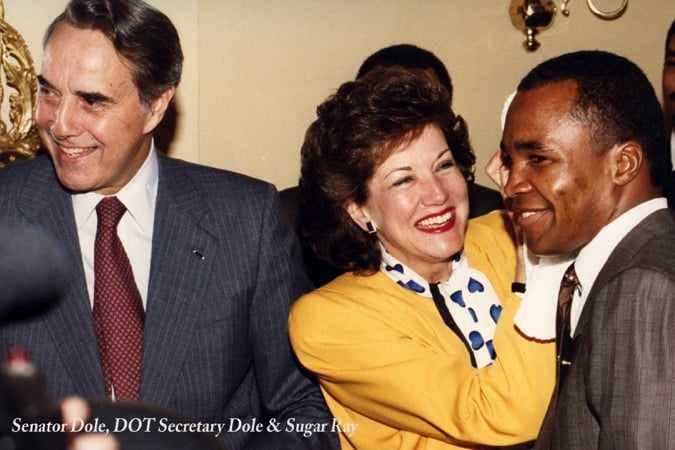
15. What subject is usually your favorite to shoot?
My favorite subject to photograph is Glamour photography, but as a Pilot, Aviation photography is my favorite! Flying over Washington, D.C., aboard Eagle One the U.S. Park Police’s Helicopter, or traveling to an assignment aboard November 1 FAA’s Corporate Jet, is an unforgettable experience!
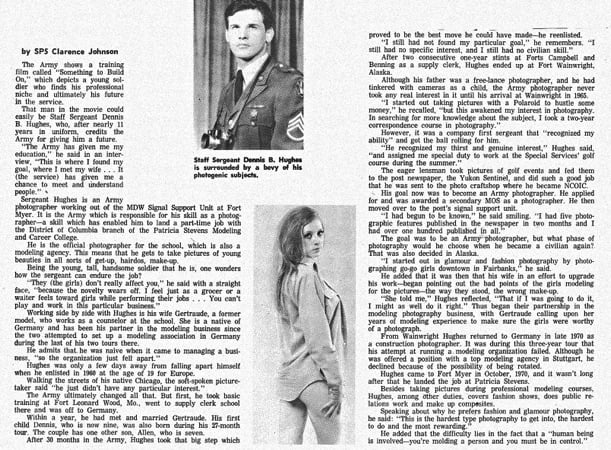

16. If you could give one piece of advice to our current and prospective students, what would it be?
Photography is all about opportunity, find your opportunity in Photography!
Take the opportunity to learn all you can about Photography!
All the planning means little until the picture is made!
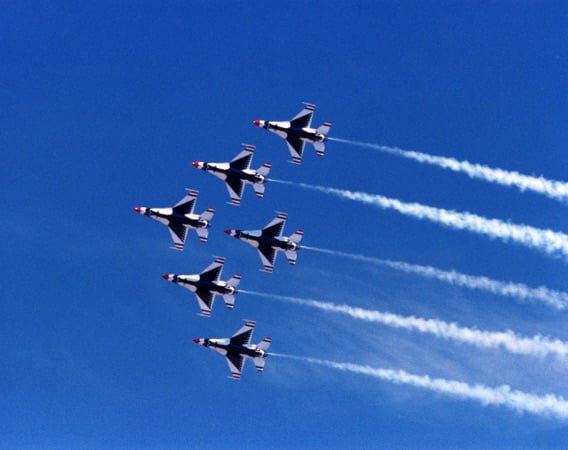
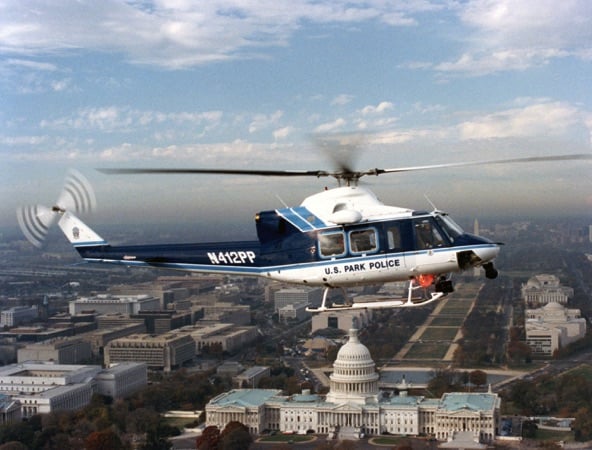
Want to learn more? NYIP offers online photography classes that can help you learn photography or start a new career. Request your free course catalog

